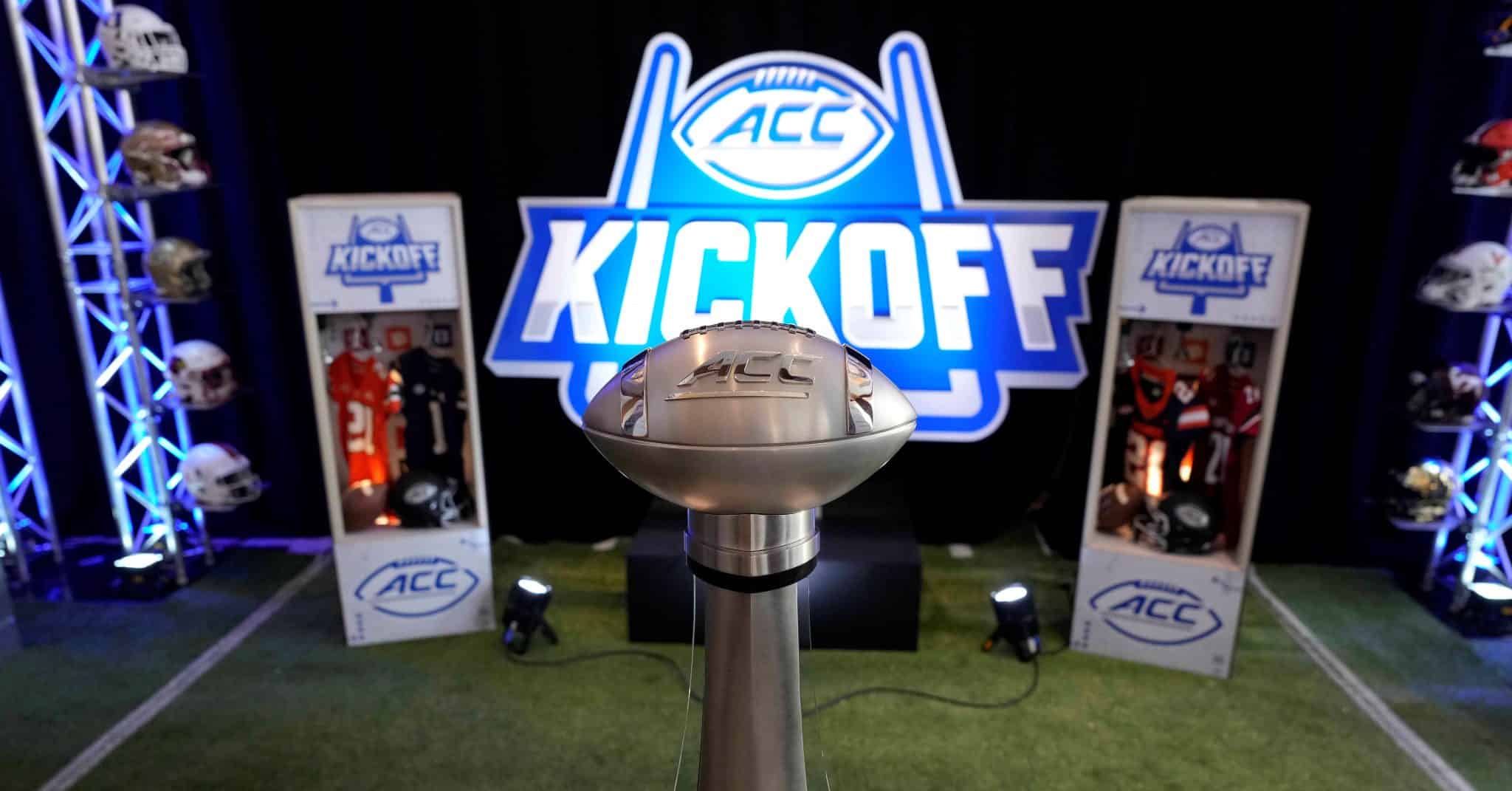
Friedlander: ACC expansion makes no sense. But what does in college athletics these days?
RALEIGH, NC — It makes no sense. Absolutely none at all.
Then again, what does these days when it comes to college athletics and the misalignment of its conferences?
Pac-12 stragglers Stanford and California have about as much place in the ACC as pineapples or broccoli have on pizza.
But here we are.
Early Friday morning, the league’s presidents and chancellors voted to extend invitations to the Cardinal and Bears, along with fellow outlier SMU, effectively transforming the Atlantic Coast Conference into a Bi-Coastal Conference. The schools accepted the invitation soon after.
It’s a desperation move that ended weeks of indecisiveness and speculation.
And it does nothing to improve the league’s already suspect football product while creating a scheduling and travel nightmare, especially for sports other than football.
But neither performance nor logistics seem to matter anymore.
The ACC’s decision to expand was made for exactly the same reason newspaper editor Horace Greeley implored his readers to “Go West, young man” in the mid-1800s.
It’s the search for newfound riches in an untapped region of the country.
Money talks and everything else walks.
In his case, the amount will be somewhere in the neighborhood of $72 million in additional revenue that the new additions will bring in from ESPN.
I guess now we know why the network’s parent company, Disney, is hitting up Charter Spectrum for higher carriage fees, leading to the World Wide Leader going dark on the cable system just in time for the first full weekend of the college football season.
They’re going to have to come up with that extra cash from somewhere.
Still, while $72 million might sound like a large sum of money – and it is if you’re talking about a PowerBall jackpot or the inheritance a long-lost relative unexpectedly leaves you – it’s barely a ripple for those in the high-rent district of college sports.
Even with SMU agreeing to waive all media rights revenue for 7 years and the 2 California schools coming in at pennies on the dollar, the expected “windfall” won’t make a dent in the wide gap that exists between the ACC and the richer, better-positioned SEC and Big Ten.
It’s too early to determine how much each of the league’s current 14½-team membership would get, since the additional funds will be distributed on an incentive-based percentage based largely on performance in football.
Suffice it to say that it won’t be anywhere near enough to appease Florida State or its less vocal dissidents Clemson and North Carolina. Or prevent them from rushing toward the exits after those 7 years are up and it becomes less of a financial burden to break the ACC’s restrictive grant of media rights.
It’s no coincidence that the Seminoles, Tigers and Tar Heels were 3 of the 4 schools that were holding the additions up with their no votes. And it’s likely that they continued to oppose the move, with NC State flipping to become the deciding swing ballot.
We know that’s the case in at least one instance.
In what was little more than a symbolic act of defiance, David Boliek – chairman of the UNC Board of Trustees – issued a statement on behalf of “a strong majority” of university trustees Thursday night opposing the impending expansion.
“Although we respect the academic excellence and the athletic programs of those institutions, the travel distances for routine in-conference competitive play are too great for this arrangement to make sense for our student-athletes, coaches, alumni and fans,” Boliek said. “Furthermore, the economics of this newly imagined transcontinental conference do not sufficiently address the income disparity ACC members face.”
It’s somehow ironic that after all these years of fighting to eliminate the league’s divisional format so that those “student-athletes” will be able to play each rival school both home and away during the course of their careers, the conference makes a move that will once again make it impossible for that to happen.
So why do it?
There’s an element of Keeping up with the Joneses, for sure. The Big Ten and Big 12 got bigger, so we’ve got to get into the act, too. There’s also the misguided hope that the short-term money grab will convince Florida State to cool its scorching hot rhetoric and want to stay or that it will convince Notre Dame to finally come on board in football.
Then there’s the most likely scenario. One in which ACC’s less-attractive members, in an effort to avoid becoming the East Coast version of Pac-12 stragglers Stanford and Cal, are buffering themselves for eventual defections from their own ranks.
Published reports have indicated that ESPN has the right to renegotiate its contract with the league if its membership drops below 15. If that’s the case, the 3 new members will help keep the conference together and the money coming in if/when Florida State, Clemson, UNC and perhaps a couple of others decide to leave.
And make no mistake. Friday’s vote to expand has only increased the inevitability of that happening.
To paraphrase FSU Trusteee Drew Weatherford, it’s only a matter of when, how and where.
In the meantime, we can all look forward to an immediate future of a 17-team bi-coastal conference that makes absolutely no sense whatsoever.
Except in a college sports vacuum where nothing makes sense anymore.
Award-winning columnist Brett Friedlander has covered the ACC and college basketball since the 1980s.






